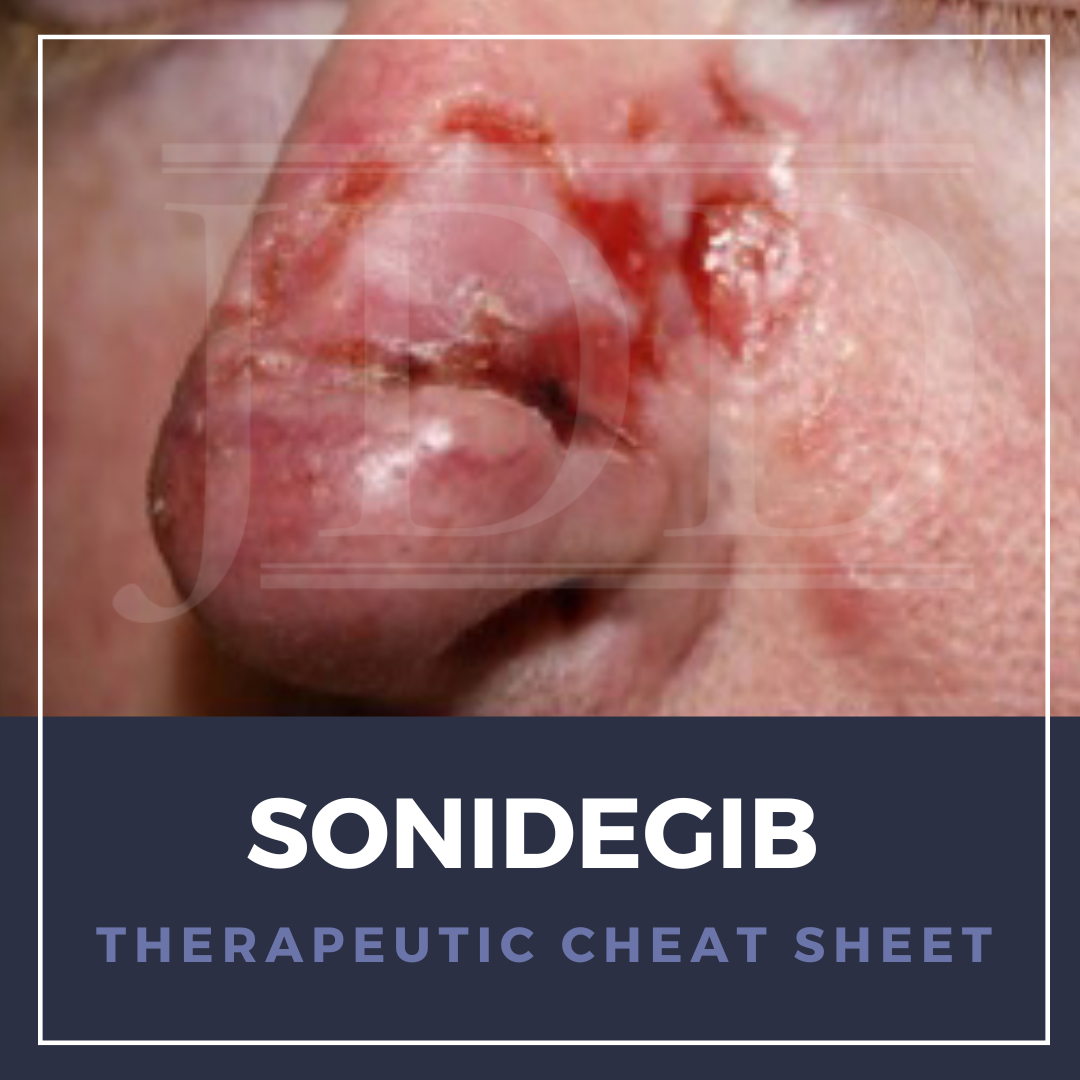Simplifying Sunscreen: A Practical Approach to the Science, Selections & “Scary” Stuff
 There’s never a wrong time to address photoprotection – including sunscreen use – with your patients, says Dr. Adam Friedman, co-chair of the ODAC Dermatology, Aesthetic & Surgical Conference. Next Steps in Derm, in partnership with ODAC, interviewed Dr. Friedman, who shared some of the challenges in getting patients to properly and consistently use sunscreen. Learn Dr. Friedman’s appr …
There’s never a wrong time to address photoprotection – including sunscreen use – with your patients, says Dr. Adam Friedman, co-chair of the ODAC Dermatology, Aesthetic & Surgical Conference. Next Steps in Derm, in partnership with ODAC, interviewed Dr. Friedman, who shared some of the challenges in getting patients to properly and consistently use sunscreen. Learn Dr. Friedman’s appr …
 There’s never a wrong time to address photoprotection – including sunscreen use – with your patients, says Dr. Adam Friedman, co-chair of the ODAC Dermatology, Aesthetic & Surgical Conference. Next Steps in Derm, in partnership with ODAC, interviewed Dr. Friedman, who shared some of the challenges in getting patients to properly and consistently use sunscreen. Learn Dr. Friedman’s appr …
There’s never a wrong time to address photoprotection – including sunscreen use – with your patients, says Dr. Adam Friedman, co-chair of the ODAC Dermatology, Aesthetic & Surgical Conference. Next Steps in Derm, in partnership with ODAC, interviewed Dr. Friedman, who shared some of the challenges in getting patients to properly and consistently use sunscreen. Learn Dr. Friedman’s appr … 

 NewBeauty recently wrote an article about the phenol peel. How popular is the phenol peel, and what are its risks and benefits? What is the unique role of in-office chemical peels in dermatology?
For expert advice, I reached out to Seaver L. Soon, MD, FAAD, FACMS, immediate past president of the International Peeling Society and chair of the International Peeling Society-USA. Dr. Soon will lect …
NewBeauty recently wrote an article about the phenol peel. How popular is the phenol peel, and what are its risks and benefits? What is the unique role of in-office chemical peels in dermatology?
For expert advice, I reached out to Seaver L. Soon, MD, FAAD, FACMS, immediate past president of the International Peeling Society and chair of the International Peeling Society-USA. Dr. Soon will lect …  A mutated histidine-rich protein in the patient’s condition is most likely to be
found in highest abundance in which of the following layers of the skin?
A. Stratum basale
B. Stratum corneum
C. Stratum granulosum
D. Stratum lucidum
E. Stratum spinosum
To find out the correct answer and read the explanation, click here. …
A mutated histidine-rich protein in the patient’s condition is most likely to be
found in highest abundance in which of the following layers of the skin?
A. Stratum basale
B. Stratum corneum
C. Stratum granulosum
D. Stratum lucidum
E. Stratum spinosum
To find out the correct answer and read the explanation, click here. …  Don’t forget about intralesional therapy as a treatment option for cutaneous malignancies, including non-melanoma and melanoma skin cancers, says Dr. Vishal A. Patel, director of cutaneous oncology at the GW Cancer Center. Next Steps in Derm, in partnership with ODAC Dermatology, Aesthetic & Surgical Conference, interviewed Dr. Patel, who shared in which patients intralesional therapy may be …
Don’t forget about intralesional therapy as a treatment option for cutaneous malignancies, including non-melanoma and melanoma skin cancers, says Dr. Vishal A. Patel, director of cutaneous oncology at the GW Cancer Center. Next Steps in Derm, in partnership with ODAC Dermatology, Aesthetic & Surgical Conference, interviewed Dr. Patel, who shared in which patients intralesional therapy may be …  Basal cell carcinoma (BCC) is the most common human cancer. When curative surgery and radiotherapy are contraindicated, systemic agents targeting the hedgehog signaling pathway are invaluable options for this subset of adult patients with locally advanced BCC (laBCC). Vismodegib and sonidegib are oral options with similar efficacy and side effect profiles. With the absence of head-to-head comparis …
Basal cell carcinoma (BCC) is the most common human cancer. When curative surgery and radiotherapy are contraindicated, systemic agents targeting the hedgehog signaling pathway are invaluable options for this subset of adult patients with locally advanced BCC (laBCC). Vismodegib and sonidegib are oral options with similar efficacy and side effect profiles. With the absence of head-to-head comparis …